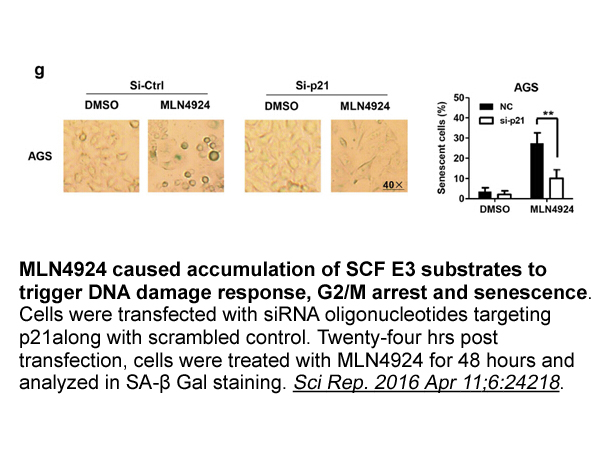Archives
br Data experimental design materials and methods
Data, experimental design, materials and methods
Specifications table
Value of the data
Data
Mean peak values obtained from intact glucose assay (IC), detergent-soluble extracts (SD) and detergent-insoluble extracts (ID) associated with immature (IC2, SD2, ID2) and mature epididymal spermatozoa (IC9, SD9, ID9) are shown in Supplementary Table 1. Only 172m/z peak values for which the fold-changes were >2 and which presented at least one significant difference between epididymal samples (p<0.05) are reported in this table. Some of them are identified. The variation index was calculated as the product of the absolute difference between the maximum (max) and minimum (min) peak intensity values multiplied by the fold-change (fold) between the two extreme values. The variations are expressed as linear decrease (LD) or linear increase (LI) when all the mean values for the four epididymal samples were significantly different from each other (p<0.05), expressed as increase (I) or decrease (D) when at least one of the mean values was not significantly different from the others, and intermediate (inter.) when at least one value was different. In the first column, m/z values in green correspond to m/z peaks observed only in IC analysis (a total of 135m/z). Rows with color in IC, SD and ID columns correspond to specific peaks for the sample preparation.
A list of endogenous biomolecules identified by top-down MS is shown in Supplementary Table 2. This table shows the raw file name associated to the NCBInr accession number, the gene name, the protein description, the location, the characterized post-translational modifications, the number of b ions, y ions and total ions, the delta mass (Da and ppm) between the ProSight theoretical mass M and the mass M observed by nano-ESI-FTMS, the mass M (Da) observed by nano-ESI-FTMS, the ProSight theoretical mass M (Da), the ProSight PDE score, the E-value identification probability, the p score, the precursor m/z and mass type with corresponding charge state (z), the fragmentation mode, the database used for identification, the signal/noise, the ProSight search type mode, the precursor mass type, the precursor mass tolerance (Da or ppm), the fragment mass type, the fragment mass  tolerance (ppm), the delta M mode and disulfide activation/deactivation, the minimum of matching fragment between observed and theoretical fragmentation mass spectra, the include modified forms activation/deactivation, the sequence, the calculated theoretical average and monoisotopic mass [M+H]+ (Da) and the mass [M+H]+ (Da) observed previously by MALDI-MS.
tolerance (ppm), the delta M mode and disulfide activation/deactivation, the minimum of matching fragment between observed and theoretical fragmentation mass spectra, the include modified forms activation/deactivation, the sequence, the calculated theoretical average and monoisotopic mass [M+H]+ (Da) and the mass [M+H]+ (Da) observed previously by MALDI-MS.
Materials and methods: organ sampling and sperm preparation
The epididymides were collected from four one-year-old adult boars. The luminal contents of the tubules of four epididymal regions (E2, E4, E6 and E9) were collected by micro perfusion [2]. Spermatozoa were isolated by centrifugation. Th e pellets were washed once with PBS (140mM NaCl, 15mM KCl, 7mM Na2HPO4, 1.5mM KH2PO4, pH 7.4), centrifuged and resuspended in PBS. To remove protein contamination, the spermatozoa were centrifuged on 40% Percoll in PBS. The pellets were washed again with PBS and resuspended in 20mM Tris–HCl, pH 6.8, and 260mM sucrose (Tris–sucrose buffer (TS)) (Fig. 1).
e pellets were washed once with PBS (140mM NaCl, 15mM KCl, 7mM Na2HPO4, 1.5mM KH2PO4, pH 7.4), centrifuged and resuspended in PBS. To remove protein contamination, the spermatozoa were centrifuged on 40% Percoll in PBS. The pellets were washed again with PBS and resuspended in 20mM Tris–HCl, pH 6.8, and 260mM sucrose (Tris–sucrose buffer (TS)) (Fig. 1).
Whole and fractionated cell preparations
For whole cell analysis, about 2×106 spermatozoa were spotted for each epididymal region onto the MALDI sample probe and immediately mixed with a sinapinic acid matrix solution.
For fractionated cell preparations, sperm suspensions in TS buffer were centrifuged and about 1×107 spermatozoa were resuspended in 1 volume of 2% octyl-β-D-1-thioglucopyrannoside in 20mM Tris–HCl, pH 7, with 2mM protease inhibitors (2mM 4-(2-aminoethyl) benzenesulfonyl fluoride hydrochloride, 0.3μM aprotinine, 130μM bestatine hydrochloride, 14μM E-64, 1mM EDTA, 0.9μM leupeptine hemisulfate and 1mM phenylmethanesulfonyl fluoride). The mixture was agitated at 4°C for 1h and centrifuged. Supernatants corresponding to enriched membrane and cytosolic proteins (detergent-soluble extract (SD)) were dried and resuspended in TFA 0.1%. The pellet (detergent-insoluble extract (ID)), corresponding to nuclei, mitochondria and cytoskeleton, was washed with TS and centrifuged.